How to Develop Good Keyboard Technique
Keyboard technique is the cornerstone of a successful pianist’s journey. Whether you’re a beginner or an experienced player, refining your keyboard technique is essential to unlock your full potential and express your musical ideas effectively. In The Mystic Keys, we’ll explore the fundamentals of developing good keyboard technique that will help you play with precision, speed, and expressiveness.

1. Hand Position and Posture
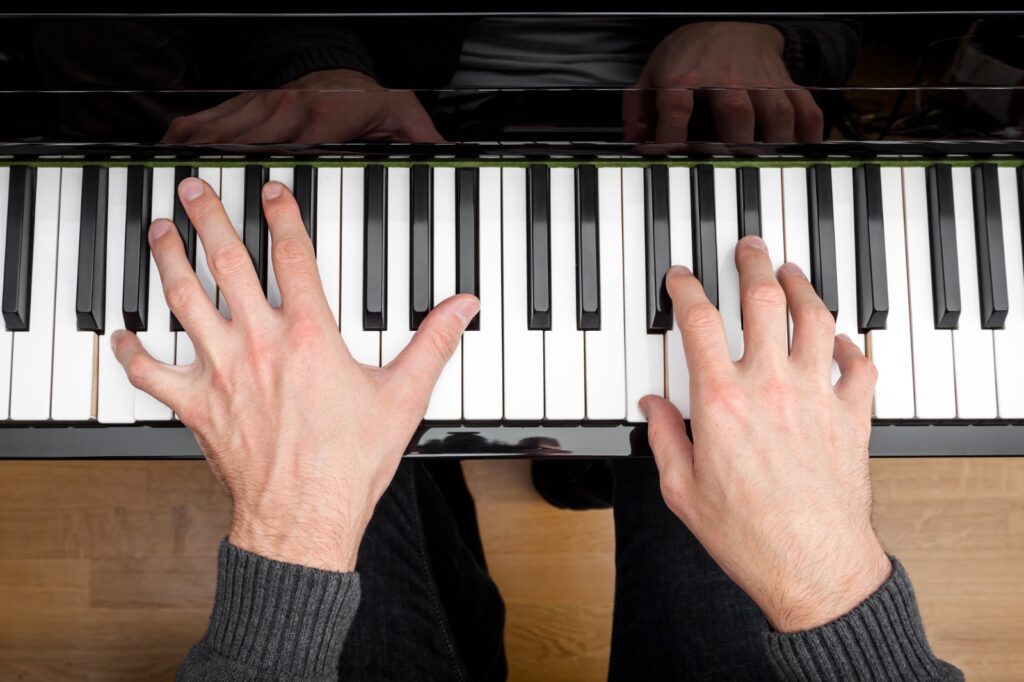
a. Hand Position:
– Start with relaxed, natural hand positions. Your fingers should be slightly curved, and your wrists should be level with the keyboard.
– Maintain even finger spacing and avoid clenching or overstretching your fingers.
– Practice hand independence by playing scales and arpeggios with both hands to ensure balanced strength and control.
b. Posture:
– Sit at the appropriate height with your feet flat on the ground. Ensure a comfortable and relaxed posture.
– Avoid slouching or leaning over the keyboard, as this can lead to tension and discomfort.
2. Finger Strength and Independence

a. Finger Exercises:
– Strengthen your fingers by practicing finger exercises like trills, finger independence drills, and chromatic scales.
– Work on even finger strength and dexterity to ensure that each finger is capable of independent movement.
b. Hand Coordination:
– Play pieces that require hand coordination to develop dexterity and agility. This will improve your ability to play complex passages with ease.
3. Scales and Arpeggios
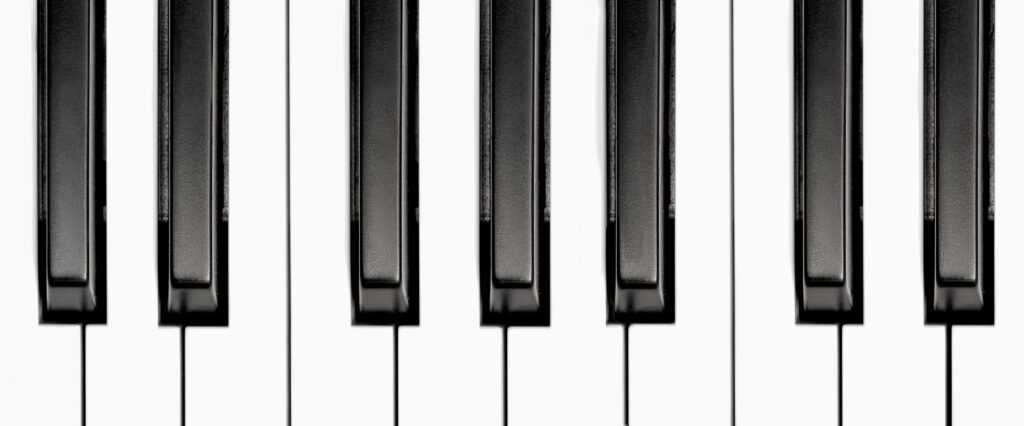
a. Scales:
– Scales are the foundation of keyboard technique. Practice major and minor scales in various keys to build finger strength, coordination, and speed.
– Pay attention to evenness and control of tempo when playing scales.
b. Arpeggios:
– Arpeggios help in developing hand span and finger agility. Practice them in different inversions and across the keyboard.
4. Articulation and Phrasing

a. Articulation:
– Experiment with different types of articulation (staccato, legato, and more) to add expressiveness to your playing.
– Use a metronome to ensure precise timing and articulation in your practice.
b. Phrasing:
– Analyze the musical structure of the piece to understand how phrases are constructed.
– Use dynamic and tempo variations to convey the intended musical expression.
5. Pedal Technique
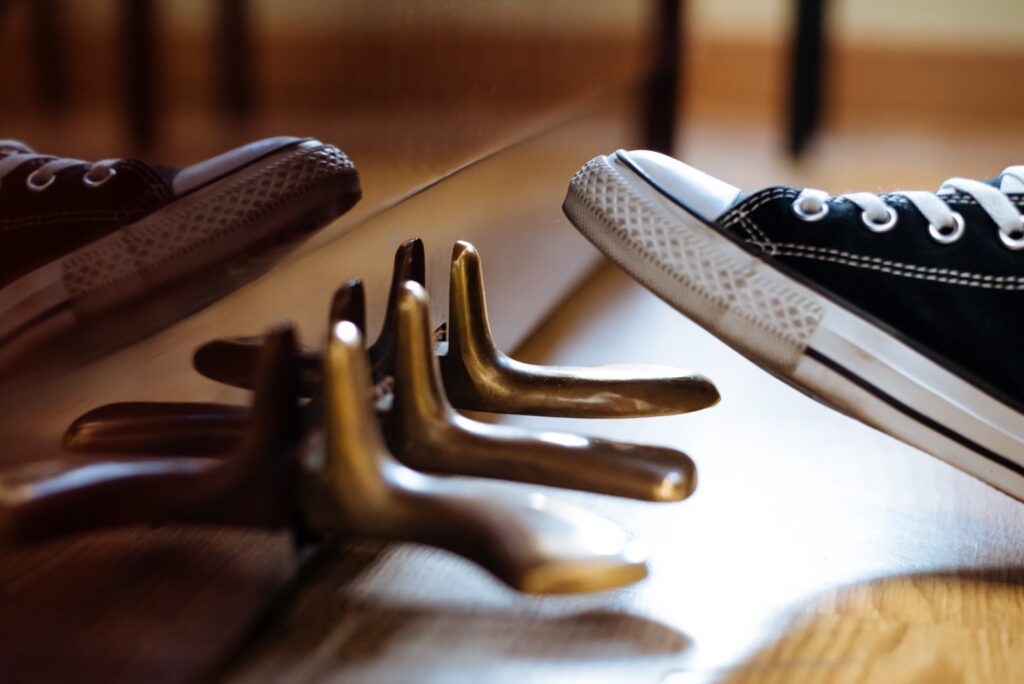
a. Sustain Pedal:
– Learn when and how to use the sustain pedal to create a beautiful legato sound without muddying the music.
– Practice pedaling techniques and experiment with half-pedaling for subtlety.
6. Rhythm and Timing
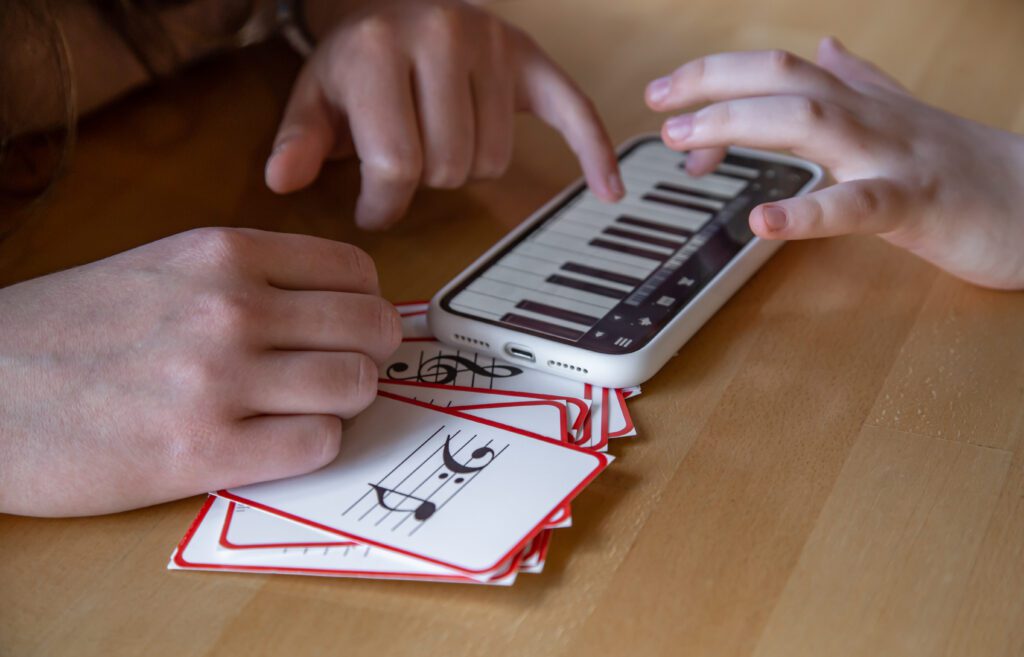
a. Metronome Practice:
– Develop a strong sense of rhythm by practicing with a metronome regularly.
– Use subdivisions (eighth notes, triplets, etc.) to enhance your timing skills.
b. Rubato:
– Master the art of rubato, a technique that involves slight tempo variations to enhance musical expression while maintaining overall rhythm.
7. Dynamic Control
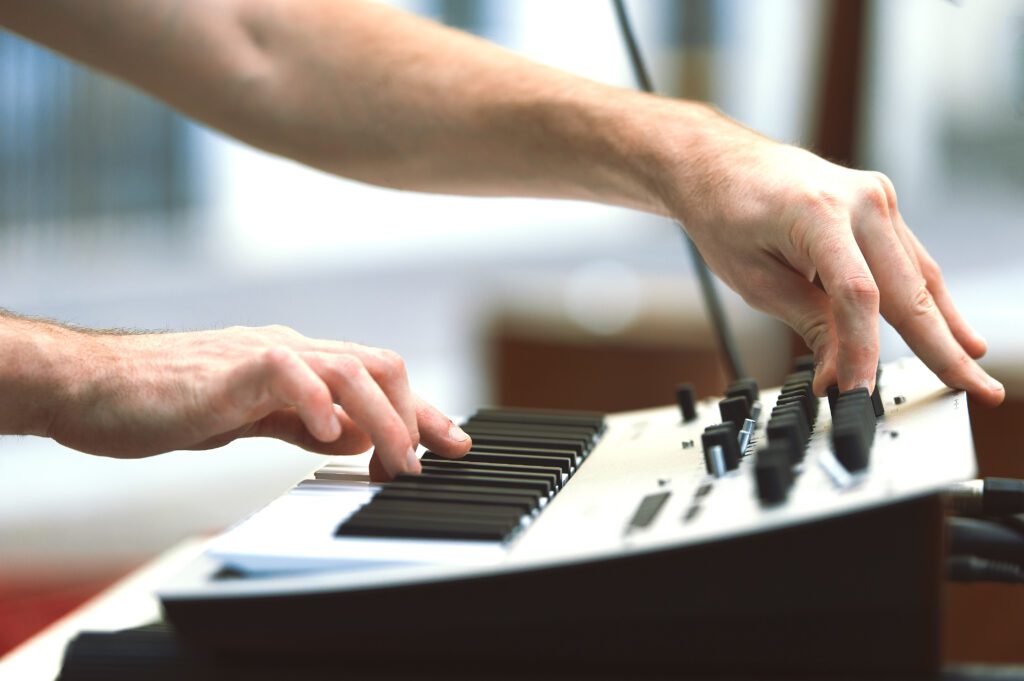
a. Forte and Piano:
– Work on your dynamic control to create contrast in your playing. Practice going from fortissimo to pianissimo smoothly.
b. Crescendo and Diminuendo:
– Learn to execute crescendos and diminuendos to add drama and emotion to your music.
8. Practice and Patience
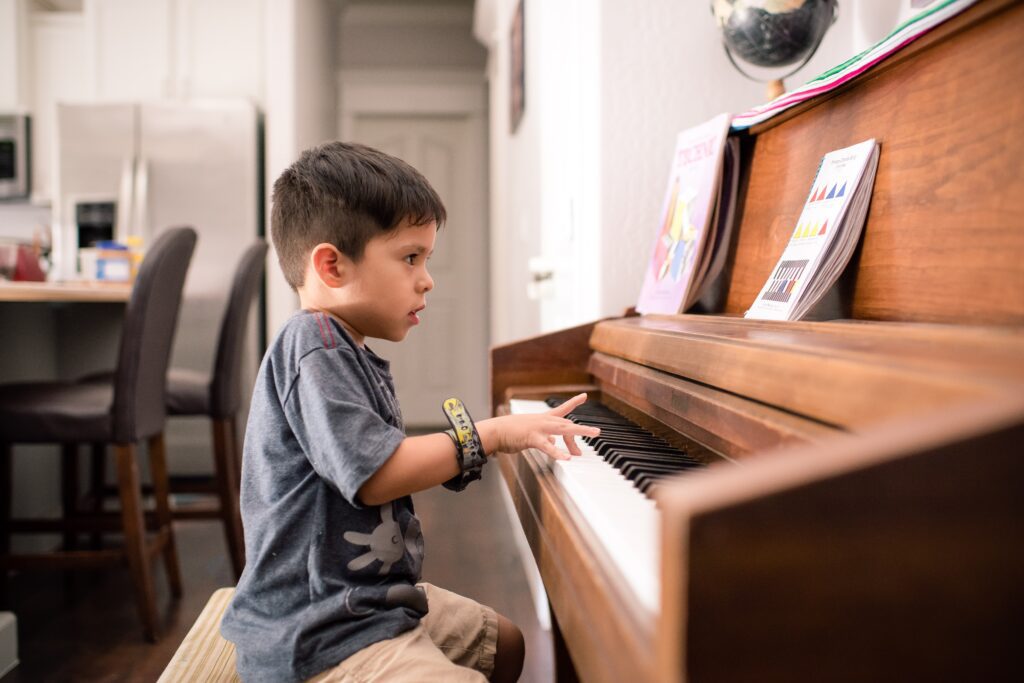
a. Regular Practice:
– Consistent practice is key to mastering keyboard technique. Set aside dedicated practice time each day.
b. Patience:
– Understand that developing good keyboard technique is a gradual process. Be patient with yourself and celebrate your progress along the way.
Good keyboard technique is the foundation of any successful pianist’s journey. By focusing on hand position, finger strength, scales, arpeggios, articulation, phrasing, pedal technique, rhythm, timing, dynamic control, and consistent practice, you can enhance your playing and express yourself more effectively through the keyboard. Remember that practice, patience, and a genuine love for the instrument are the keys to success. Keep honing your skills, and you’ll continue to grow as a pianist.
Follow us on Facebook, Instagram, YouTube, LinkedIn, Twitter, Pinterest, Reddit, Threads, and Quora for more music content.







